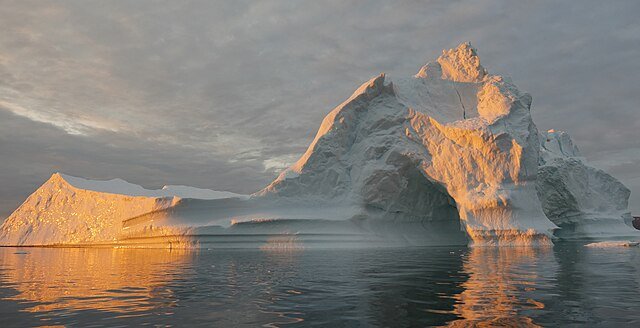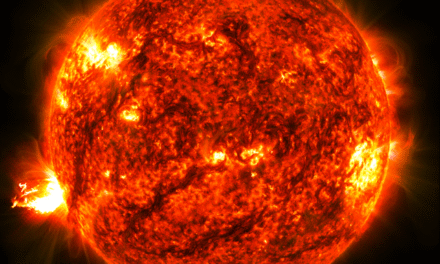A chilling new study dropped yesterday, sounding the alarm on the world’s ice sheets in Greenland and Antarctica—and the news isn’t good. Even if we manage to keep global warming to the much-talked-about 1.5-degree Celsius target, these frozen giants are melting faster than ever, threatening to drown coastlines and displace millions. While President Donald Trump rolled out his $175 billion “Golden Dome” missile defense plan this week to shield the U.S. from aerial attacks, the rising seas pose a quieter, more relentless threat—one that no technology can hold back.
The team of international scientists behind the study dug deep, poring over satellite imagery, climate models, ice core samples, and even ancient ocean sediments to understand the state of the ice sheets. What they found is sobering: Greenland and Antarctica are shedding 370 billion tons of ice each year, four times more than they were in the 1990s. That’s enough to double the rate of sea level rise over the past three decades. By the end of this century, the oceans could climb by 0.4 inches a year—adding up to 40 inches over 100 years. “We’re talking about migration on a scale humanity hasn’t seen in modern times,” said Jonathan Bamber, a glaciologist from the University of Bristol who helped lead the research. For the 230 million people living less than a meter above sea level—in places like the Maldives, Miami, and Mumbai—the stakes couldn’t be higher.
What’s even more unsettling is that the 1.5-degree goal, which already feels like a long shot with the planet on track for 2.9 degrees of warming by 2100, might not be enough to stop the ice sheets’ retreat. The scientists say we’d need to keep warming closer to 1 degree above pre-industrial levels to avoid a full-on collapse—a target that feels almost out of reach as countries like the U.S. keep leaning on oil, coal, and gas. “At 1.5 degrees, you don’t slow sea level rise; you actually see it speed up,” said Chris Stokes, a researcher from Durham University who worked on the study. The harsh truth is that even if we hit our climate goals, the ice sheets might keep melting for centuries, reshaping the world’s coastlines in ways we can barely imagine.
This dire warning lands at a time when global priorities seem to be pulling in different directions. Just days ago, Trump unveiled the Golden Dome, a high-tech missile defense system meant to protect the U.S. from threats posed by nations like China and Russia. It’s a bold move, with the Pentagon planning to test it in states like Alaska and Florida—places that, ironically, could be underwater if the ice melt continues at this pace. Florida already struggles with regular flooding, and this new forecast only adds to the urgency. Some voices are questioning the $175 billion price tag for the Golden Dome, wondering if that money might be better spent on things like building seawalls or helping communities move to safer ground. After all, what good is a missile shield if your home is underwater?
The ice sheet crisis also shines a spotlight on the tough choices facing world leaders. Trump’s administration is doubling down on fossil fuels, a move that keeps the economy humming but makes it harder to cut emissions—the one thing that could slow this disaster. Some critics see this as a failure to tackle the bigger picture, putting short-term wins over the long-term survival of coastal communities. Others aren’t so sure, pointing out that we still don’t fully understand when the ice sheets might hit a tipping point, and they hold out hope for innovations like carbon capture or geoengineering to soften the blow.
For now, the world’s coastal regions are left staring down a future of rising waters, and it’s the most vulnerable who’ll pay the heaviest price. The scientists are clear: every fraction of a degree counts. Keeping warming at 1.5 degrees might not stop the ice melt, but it could lessen the damage. As leaders juggle everything from geopolitical rivalries to economic struggles, the melting ice sheets are a haunting reminder that nature doesn’t wait. For millions living along the shore, the cost of inaction could mean losing their homes, their livelihoods, and the landscapes they’ve always known.


















